When our whole family started to move towards a gluten-free diet, the first few months were the hardest. I didn’t know what I was doing. Didn’t someone just have a gluten-free grains list? A cheat-sheet to help me get started?
And more than that… some days I just wanted was a stinkin’ doughnut.
(And being completely honest, there are still days driving by the doughnut shop the familiar smell calls my name like some kind of wicked pied piper tune.)
Today, cravings for gluten-filled foods have subsided and I’ve come to really enjoy my current diet. Plus, I love knowing I’m doing what is best for our health.
Are you looking for more tips for going gluten free? I’ve gathered them all together in this Everything Gluten Free page.
But one of the bigger challenges I faced at first was in the kitchen: how would deal with recipes that used wheat flours—i.e. flours that contain wheat gluten? Wheat is a pretty handy flour and ideal for bread-making, cookies, and other baked goods.
While we tend to focus mostly on grain-free baking, I’ll infrequently use gluten-free grains for special occasions.
The Gluten-Free Grains List
If you’re avoiding gluten, what flours can you use? And what should use them for?
Here is a list of 9 gluten-free grains you should know about…
1. Amaranth
Amaranth was an important staple for the Aztecs and Mayans. It is a great source of protein, calcium, fiber, iron, manganese, magnesium, B vitamins, Vitamin C, and much more.
Amaranth has a slightly sweet, nutty flavor, and the texture can vary depending on how you cook it. Toasting amaranth can remove some of the bitterness and somewhat “grassy” flavor and emphasizes the nutty flavors.
Cooking ideas: the most common way to eat amaranth is like a porridge, but you can also: grind it up into a flour, cook it like grits, add it to soup as a thickener, make crackers, and much more.
2. Buckwheat
Listing buckwheat among the gluten-free grains isn’t technically accurate because buckwheat isn’t a grain; it’s more like a seed, and is commonly referred to as a “pseudograin” because it is cooked in similar ways as grains are. Buckwheat is a nutrient-dense food that is high in manganese, copper, magnesium, fiber, phosphorus, iron, B Vitamins, zinc, and more. It is known to be helpful in regulating blood sugar as well as good for your cardiovascular system.
Plain buckwheat has a very mild flavor. If you roast it or get it as a flour, it has a nutty, earthy taste. It is available roasted or unroasted and in both whole-grain form (sometimes known as groats) as well as in a flour.
Cooking ideas: Buckwheat is often used to make crepes, pancakes, cookies, breads, and noodles.
3. Corn Grits (Polenta)
The biggest issue with corn-based grains is finding a non-GMO version. Be careful with labels if you decide to use corn grits. Corn grits are dried corn kernels that are ground into a meal called by many names: cornmeal, polenta, or grits. It is an excellent source of magnesium, iron, phosphorus, zinc, B Vitamins, fiber, and more.
Corn-based grains have a sweet and mild taste. The texture varies depending on how fine it is ground up as well as how you cook it.
Cooking ideas: Corn grits is one of the gluten-free grains most often cooked into grits or porridge, but you can also use it to make pizza crusts, breads, etc.
4. Millet
Millet is another “pseudograin” because it’s a seed that can be used just like grain products. Besides being a common ingredient in birdseed, millet is also good for people: it is a nutrient-dense food that is high in B Vitamins, phosphorus, magnesium, protein, fiber, iron, and more. It is one of very few grains that are alkalizing to the body and that makes it easy to digest. It can also help regulate healthy blood sugar levels.
Millet has a delicate, slightly sweet, nutty flavor and the texture can vary from crunchy to mushy, depending on how you cook it.
Cooking ideas: The most popular way millet is consumed is as a porridge or hot breakfast cereal. It is also a great substitute for rice in meals, as a tabbouleh, granola bars, or ground up as a flour.
5. Oats
While oats are one of the more commonly used gluten-free grains, you need to be careful of your source. Oats are often grown in the same fields as wheat products, so if you have a gluten sensitivity, you need to carefully purchase oats that are labeled as gluten-free. Oats are a wonderful nutrient-dense food that is high in fiber.
Oats have a nutty, slightly sweet taste and are quite chewy in texture.
Cooking ideas: The most popular way to use oats is as an oatmeal or to make some type of oat-filled cookies. You can also grind them up into an oat flour for cooking and baking.
6. Quinoa
Another “psuedograin,” quinoa is technically a seed that is related to the spinach family. It is high in protein, fiber, Vitamin E, magnesium, iron, phosphorus, copper, zinc, antioxidants, and more. Quinoa is often considered a superfood because it is a complete protein source, which means it provides all nine of the essential amino acids.
Quinoa has a very mild flavor and a slightly crunchy or chewy texture, depending on how you cook it.
Cooking ideas: Quinoa is often used in a similar way as rice in casseroles, stuffings, and as a base for curries, stews, meats with sauces, etc. It can also be ground into flour and used in baking. You can often find quinoa pasta in your normal grocery stores.
7. Rice
As far as gluten-free grains go, rice is the most widely consumed staple food for large portions of the world. There are many varieties of rice, including short grain, long grain, jasmine, basmati, and wild rice. Rice also comes in a variety of colors, though the main two options are white and brown. The nutrition of rice depends on many factors, including: variety, farming/growing conditions, and how it is processed and cooked.
Although white and brown rice come from the same grain, white rice has had the bran and germ of the grains removed during processing. This processing treatment leaves white rice with less nutritional value as brown rice. Brown rice is a great source of fiber, manganese, and other nutrients.
Every type of rice has a different taste and texture, so let’s just focus on the most common ones: white rice and brown rice. White rice has a very mild flavor with a slight sweetness to it as well as a softer texture when cooked. Brown rice is both nuttier in taste and chewier in texture.
8. Sorghum
Sorghum is a cereal grain that originally came from Africa. It is rich in protein, fiber, iron, B Vitamins, potassium, and other nutrients. Unlike other grains, sorghum is high in anthocyanins, an anxioxidant that is also found in blueberries.
Sorghum has a nutty taste and has a chewy texture. It is most commonly used in two ways: as a sweetener and as a gluten-free flour option. As a sweetener, it is produced as a sorghum syrup. Sorghum flour is more nutritionally dense than normal white flour.
Cooking ideas: Try popping sorghum whole grains like popcorn. It is also commonly made into porridge and pilafs. You can also use the flour in baking, especially breads and cookies.
9. Teff
Teff is an ancient gluten-free grain that is originally from Africa. Teff is the smallest grain in the world; it is 1/100 the size of a kernel of wheat. Despite the small size, teff is very nutrient-dense, including high levels of protein, fiber, calcium, iron, copper, zinc, Vitamin C, and more. Teff has a higher calcium content than all other grains.
Teff has a nutty flavor, and, when it is made into flour, it produces a molasses flavor as well. The most common way that teff is used is as a flour. However, you can also cook them whole and use them as a side dish with your meals in a similar way as rice. If you toast them, the flavor are enhanced.
Cooking ideas: Teff is one of the gluten-free grains often used for hot breakfast cereal or porridge. You can use it as a substitute for rice or quinoa for your meals. The flour is often used for breads and sweets like brownies.
Did I miss any? What’s on your gluten-free grains list?

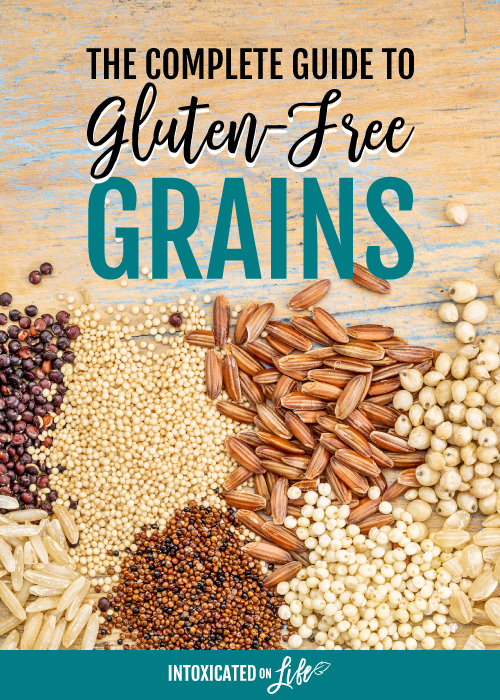
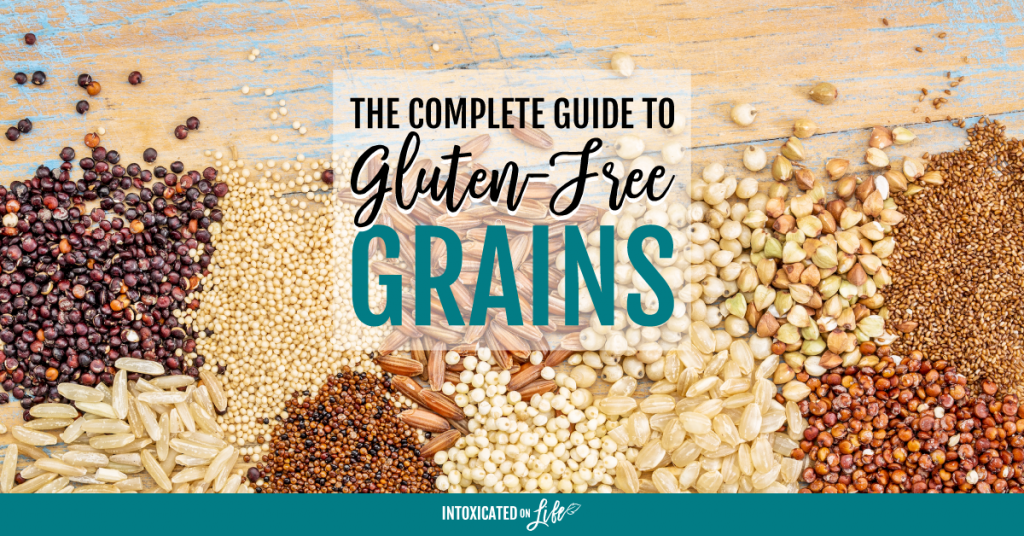
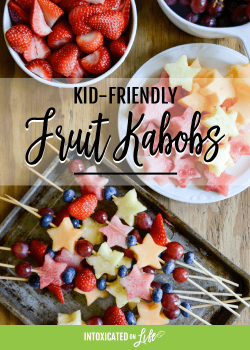


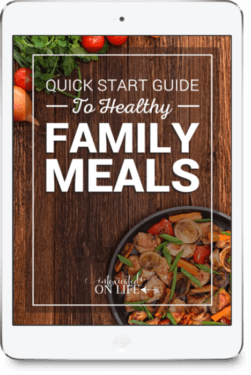

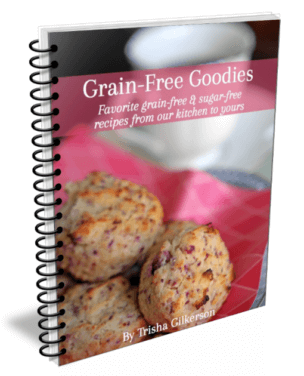
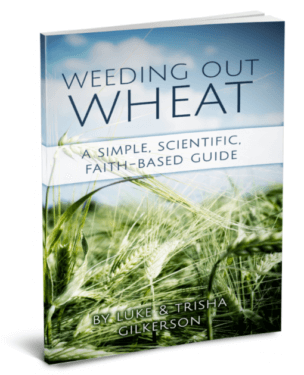


Leave a Comment